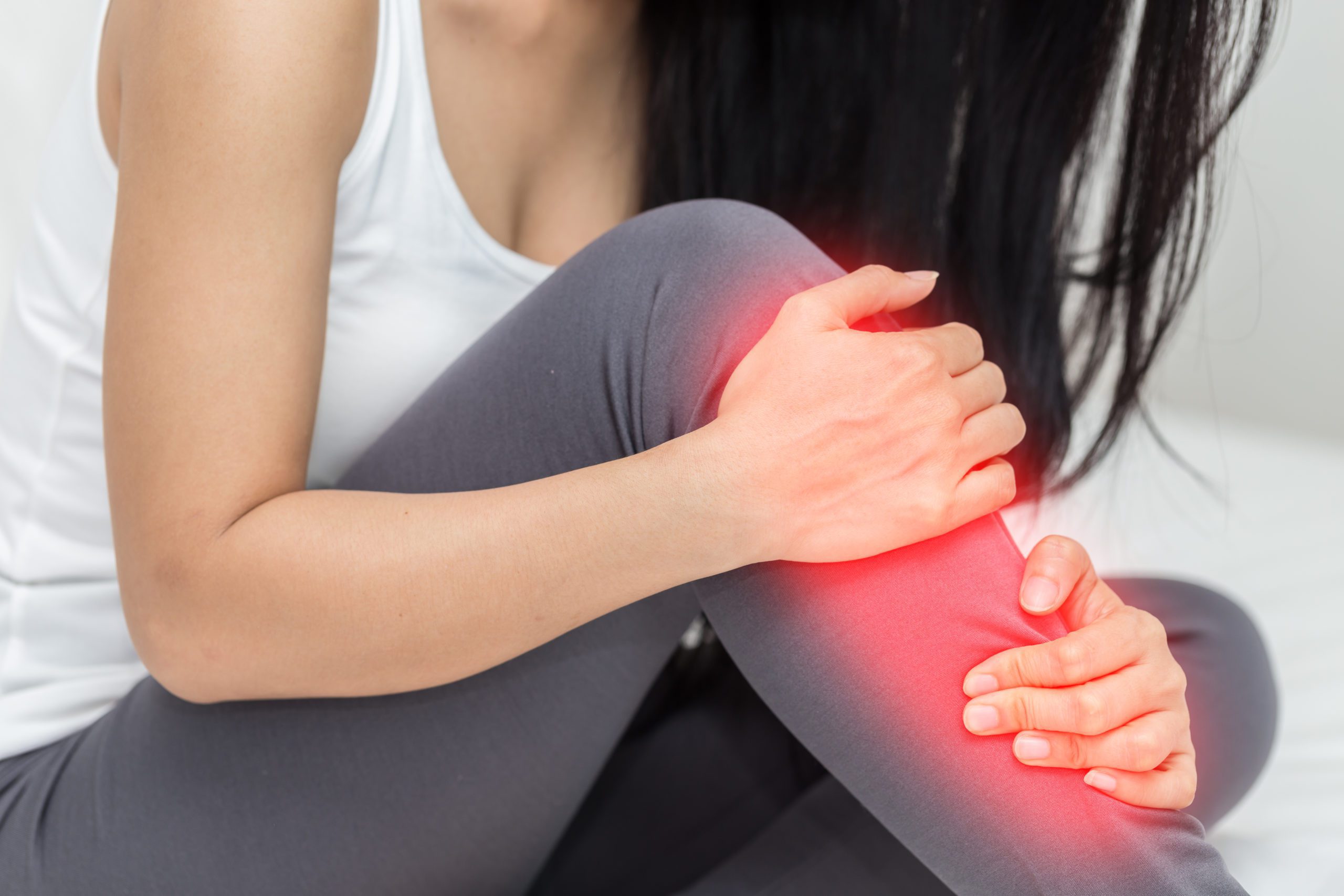Shinsplints bij hardlopers
Veel hardlopers hebben er last van: shinsplints. Shinsplints is een verzamelnaam voor verschillende blessures in het onderbeen, waarbij de pijn op of rond het scheenbeen zit. In dit artikel lees je welke verschillende klachten of symptomen er allemaal zijn en wat je moet doen als je deze klachten hebt
Ongeveer 20-30% van alle hardloopblessures zijn rond het scheenbeen en vallen dus onder de term shinsplints.
Symptomen shinsplints:
- Pijn aan de binnen- of buitenkant van het scheenbeen;
- Pijn voorzijde onderbeen tijdens en na het sporten;
- Mogelijk zwelling in onderbeen/enkel;
- Kramp in de kuitspieren
- Drukpijn op en net naast het scheenbeen.
Mocht je twijfelen over de klachten of blijven ze erg lang aanhouden? Ga dan langs een specialist in hardloopblessures die je goed kan helpen.__
Wat zijn de oorzaken van shinsplints?
Als je last hebt van je scheenbeen is het van groot belang om een goede diagnose te laten maken. Het kan namelijk diverse oorzaken hebben. De klacht kan namelijk in spieren, botten of zelfs in een zenuw of bloedvat zitten. Wil je achterhalen of jouw klacht zich in het bot of de spier bevindt? Kom daar zelf achter door de instructie in onderstaande video te volgen!
Test zelf!
Er is veel onduidelijkheid over wat precies de oorzaak is van scheenbeenklachten, maar er is wel een aantal punten als risicofactoren aan te geven.
-
Verkeerde manier van trainen
Er zijn drie verschillende fouten die veel gemaakt worden. Een te snelle toename in het aantal kilometers dat je loopt. Veel klachten rond het scheenbeen worden veroorzaakt door overbelasting. Door niet te snel op te bouwen in je trainingsomvang, ofwel je aantal kilometers, kun je overbelasting voorkomen.
Een andere veel gemaakte fout is meer of snellere interval/tempo training te doen dan je gewend bent. Als je sneller loopt dan je gewend bent, moet je hier ook voldoende van herstellen. Doe je dit niet, dan kun je gaan overbelasten. Zorg dan ook voor voldoende hersteltijd na een intervaltraining.
Ook wisseling in trainingsomgeving kan problemen geven. Denk hierbij aan onverharde vs. verharde ondergrond of heuvels vs. vlak. Als je wisselt van ondergrond dan verandert de belasting op je lichaam en hier moet je ook aan wennen. Let dus goed op als je op vakantie bent of in een andere omgeving gaat trainen.
-
Zwakke spieren
Er zijn allemaal spieren van invloed op het scheenbeen. Er is dan ook een aantal spiergroepen die goed moeten functioneren om scheenbeenklachten te voorkomen of genezen.
De eerste groep zijn de kuitspieren en dan voornamelijk de diepe kuitspier. Die hecht namelijk aan op het scheenbeen. Als deze spier niet sterk genoeg is en veel belast wordt zal hij snel erg stijf worden.
De tweede groep zijn de stabiliserende spieren rond de voet. Als de voetstabiliteit onvoldoende is, komen er grotere krachten op het onderbeen die een stressreactie kunnen geven op het scheenbeen.
De derde groep zijn de heupspieren, deze genereren namelijk stabiliteit in het hele been en zijn tevens een grote krachtleverancier voor het been. Door deze spieren sterk genoeg te maken zullen ze ervoor zorgen dat de onderbeenspieren minder hard hoeven te werken.
-
Een slechte looptechniek
De manier waarop je loopt kan ook van grote invloed zijn. Een aantal kenmerken in de loopstijl kan worden gerelateerd aan het ontstaan van shinsplints. Namelijk: 1. Overstriden 2. Een lage-pasfrequentie 3. Heftige overpronatie van de enkel (naar binnen rollen enkel).
__
Snel behandelen om langdurige klachten te voorkomen
Klachten rond het scheenbeen moet je vanaf het begin serieus nemen. De kans dat je anders langere tijd last blijft houden is erg groot.
Zorg ervoor dat je bij een specialist langs gaat om te controleren wat er precies aan de hand is. Bij Running Solutions kan je terecht om een goede diagnose te laten maken. We gaan op zoek naar de herkomst van de klacht en kijken of er geen onderliggende problemen zijn die de klacht veroorzaken.
Wat kan je zelf doen?
Start vandaag je eigen revalidatieproces! Met onderstaande oefeningen kan je zelf starten met het onder controle krijgen van je shinsplints! Mocht dit niet voldoende zijn, maak dan een afspraak en krijg professionele hulp met revalideren.
Oefening 1 Rekken kuitspieren kort en lang
Oefening 2 Bandje rotatie extern
Oefening 3 Calfraises gestrekte en gebogen knie
